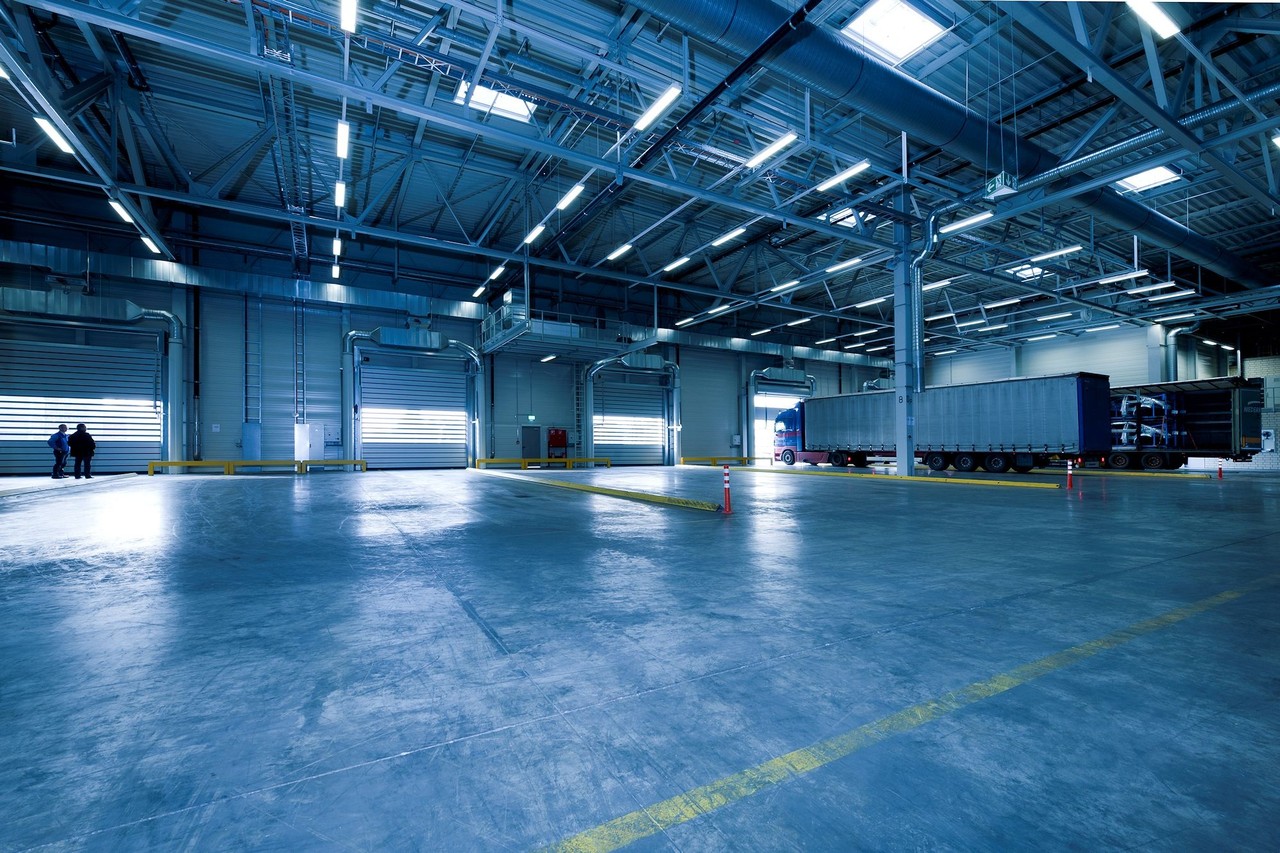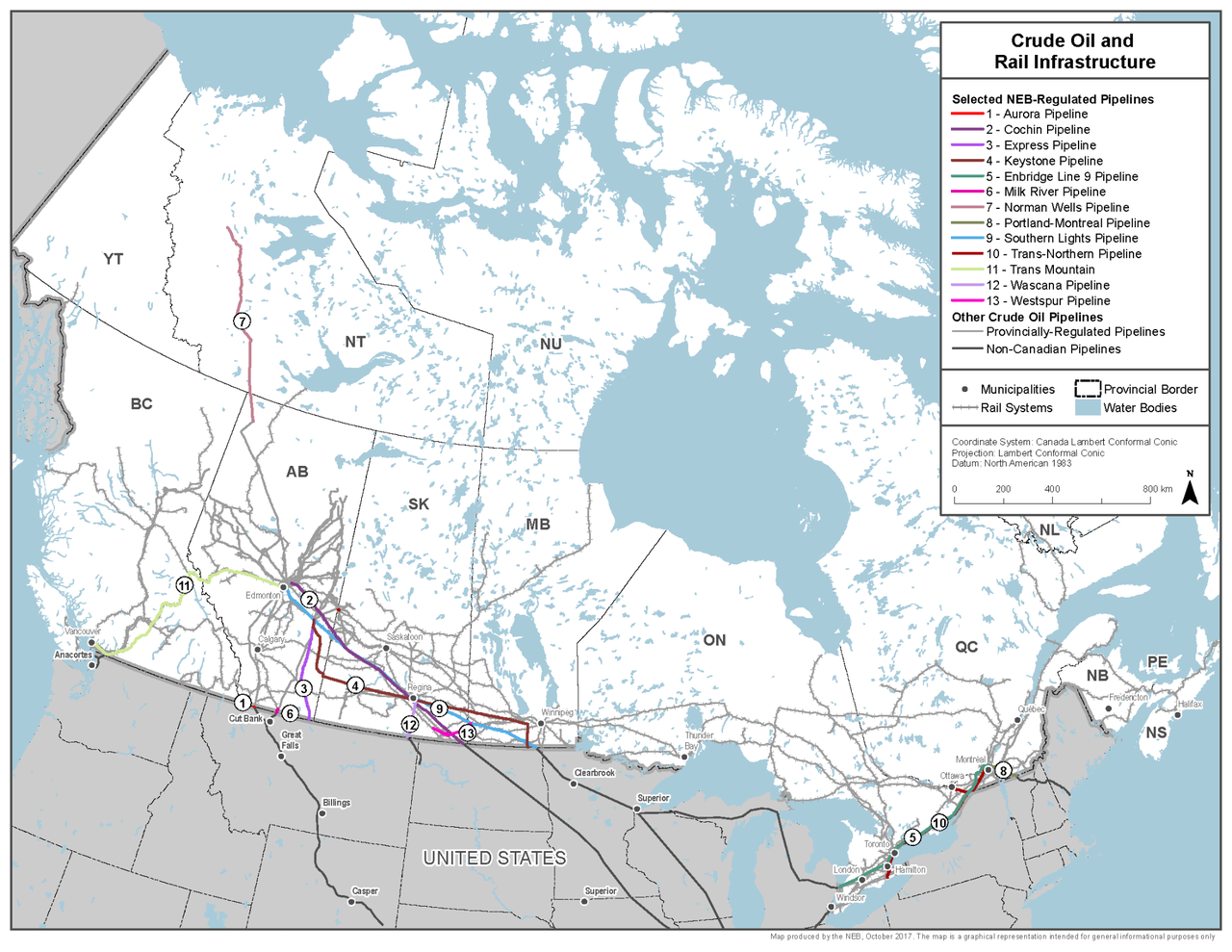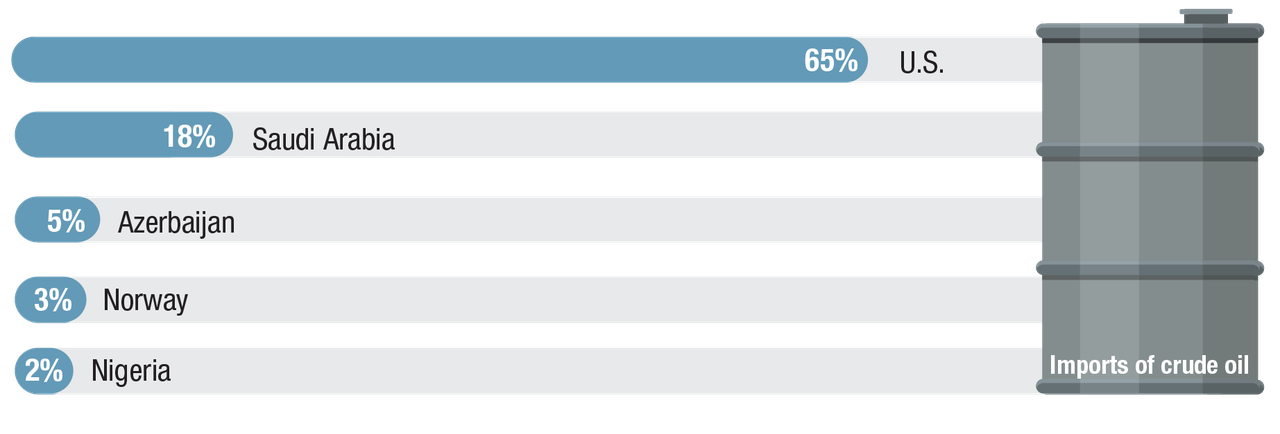Alberta Oil Imports
Overview
Ontario and Quebec – these are two Atlantic provinces where most oil comes into. Alberta oil sands are the world’s third-largest oil reserve. There is no pipeline infrastructure from the west (Alberta oil sands) to the east and Atlantic provinces. Here is a map from Natural Resources Canada that illustrates it:
This is the main reason why the eastern part of Canada and the Atlantic provinces import large quantities of foreign oil. Even expansion of Enbridge's Line 9 pipeline that allows Ontario and Quebec refineries to get more oil from the northern part of America.
Each day more than 500,000 barrels of petroleum products are sent to Quebec refineries through the St. Lawrence River. This river is a place where major importation routes are located.
One of the largest Canada's refinery is Irving, with a feedstock capacity of more than 320,000 barrels per day. New Brunswick's Irving Refinery also works with foreign oil imports. Sometimes it processes offshore blends from the east coast.
Crude oil imported to eastern provinces
Here is a graph that shows the origin of crude oil imported to eastern provinces:
It is essential to note that not all of Canada's imports are the same. When it comes to the west and east of Canada, their nature differ. Alberta and Saskatchewan provinces that together produce 90% of Canada's crude oil imported millions worth of oil every year from 2015 to 2019. Alberta's oil imports, in particular, are mainly associated with condensate or thinner from the United States, which is mixed with bitumen to facilitate pipeline transportation.
At the same time, in recent years, oil imports come into the Atlantic and eastern provinces, mainly from Saudi Arabia and the United States.
Foreign imported oil
Here is a graph that shows a wide range of countries from where imports of crude oil and equivalents come into Canada:
The question is – how much of the foreign imported oil can be replaced by Canadian (imported by the eastern and Atlantic provinces) if a pipeline were built?
The answer isn’t simple. People can’t just build the pipeline and replace all foreign oil. It is not the right way out. Although doing so would help some of the eastern refineries turn a higher profit and allow Canada to export its ethically produced oil to Europe and Asia and meet some of the growing global demand.



